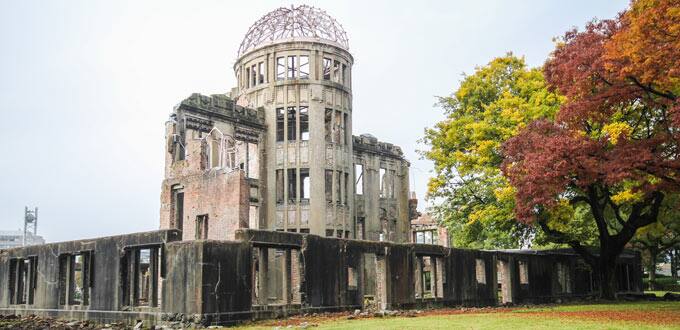
Added to Favorites!
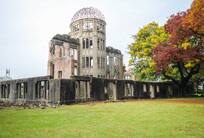
Added to Favorites!
Highlights of Hiroshima
Hiroshima, Japan
Duration 4 hrs
- Adult from: $199.00 USD
- Child from: $149.00 USD

| From | Message | Reservation # | Date | |
|---|---|---|---|---|
| Norwegian Communications Center | Norwegian Communications Center Don’t Lose Your Reservation! | 25422881 | Apr 1, 2014 | |
| Norwegian Communications Center | Norwegian Communications Center Reserve your dining now | 25422881 | Apr 1, 2014 | |
| Norwegian Communications Center | Norwegian Communications Center Don’t Lose Your Reservation! | 25422881 | Apr 1, 2014 | |
| Norwegian Communications Center | Norwegian Communications Center Don’t Lose Your Reservation! | 25422881 | Apr 1, 2014 |
*Terms & Conditions
Package not available on sailings less than 5 days or charter sailings.

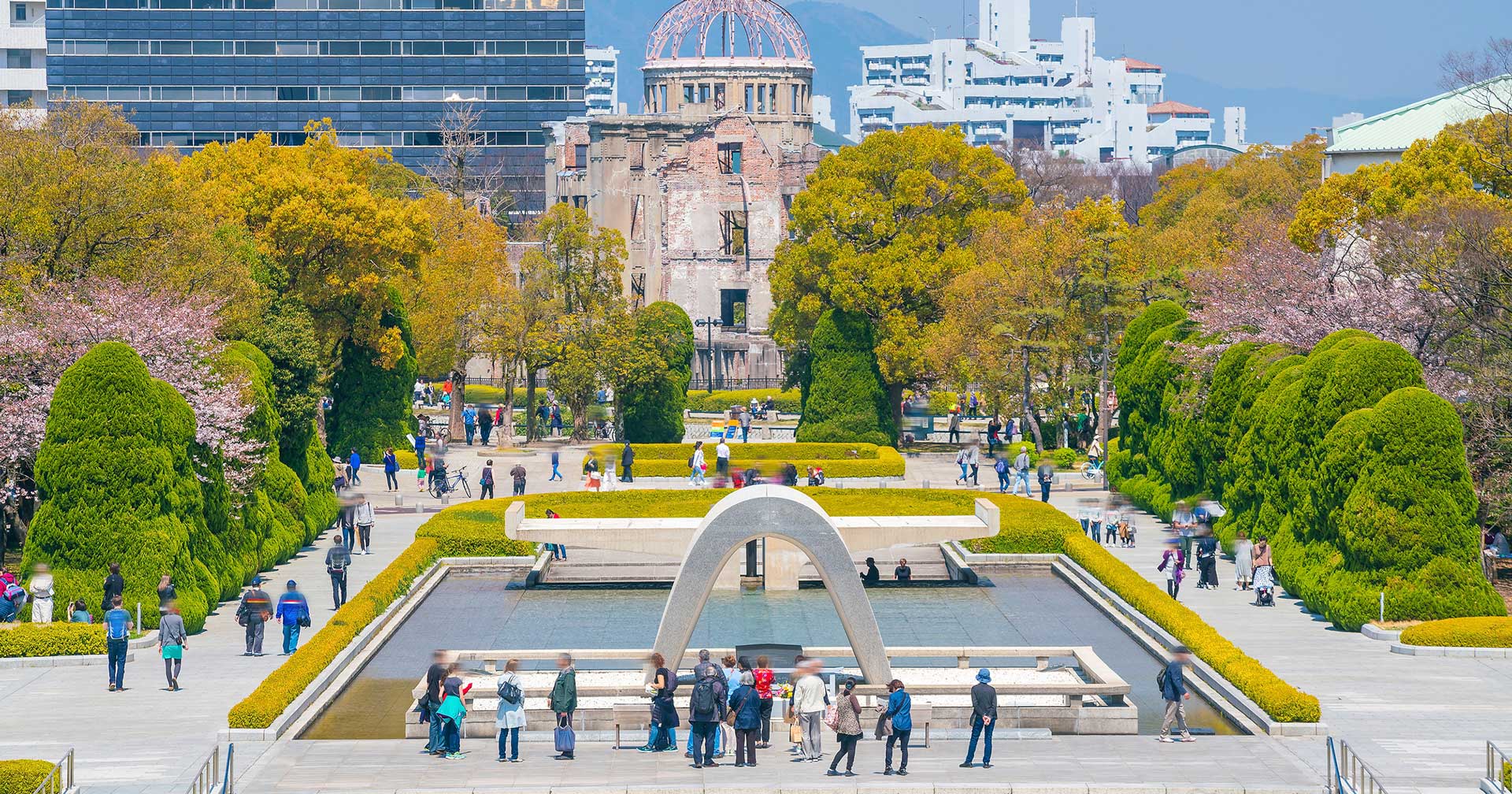
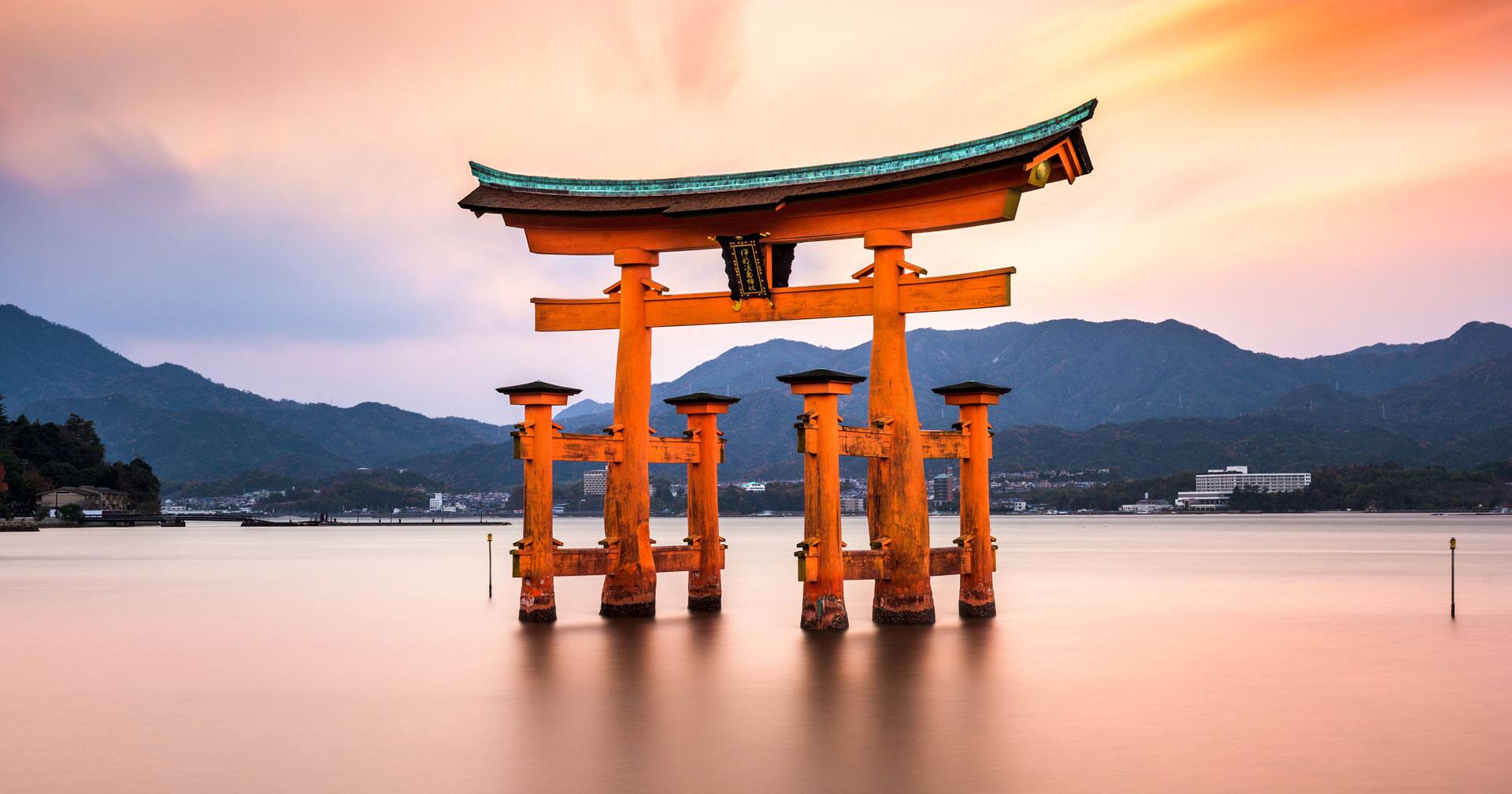
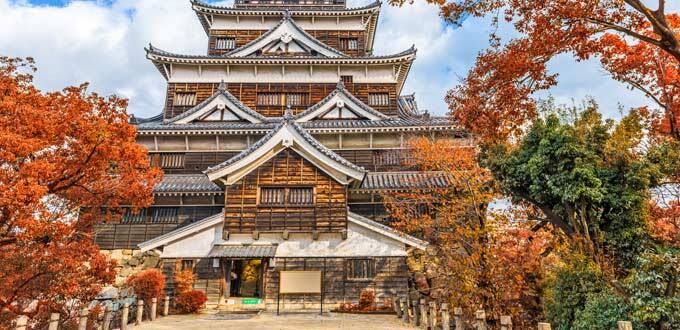
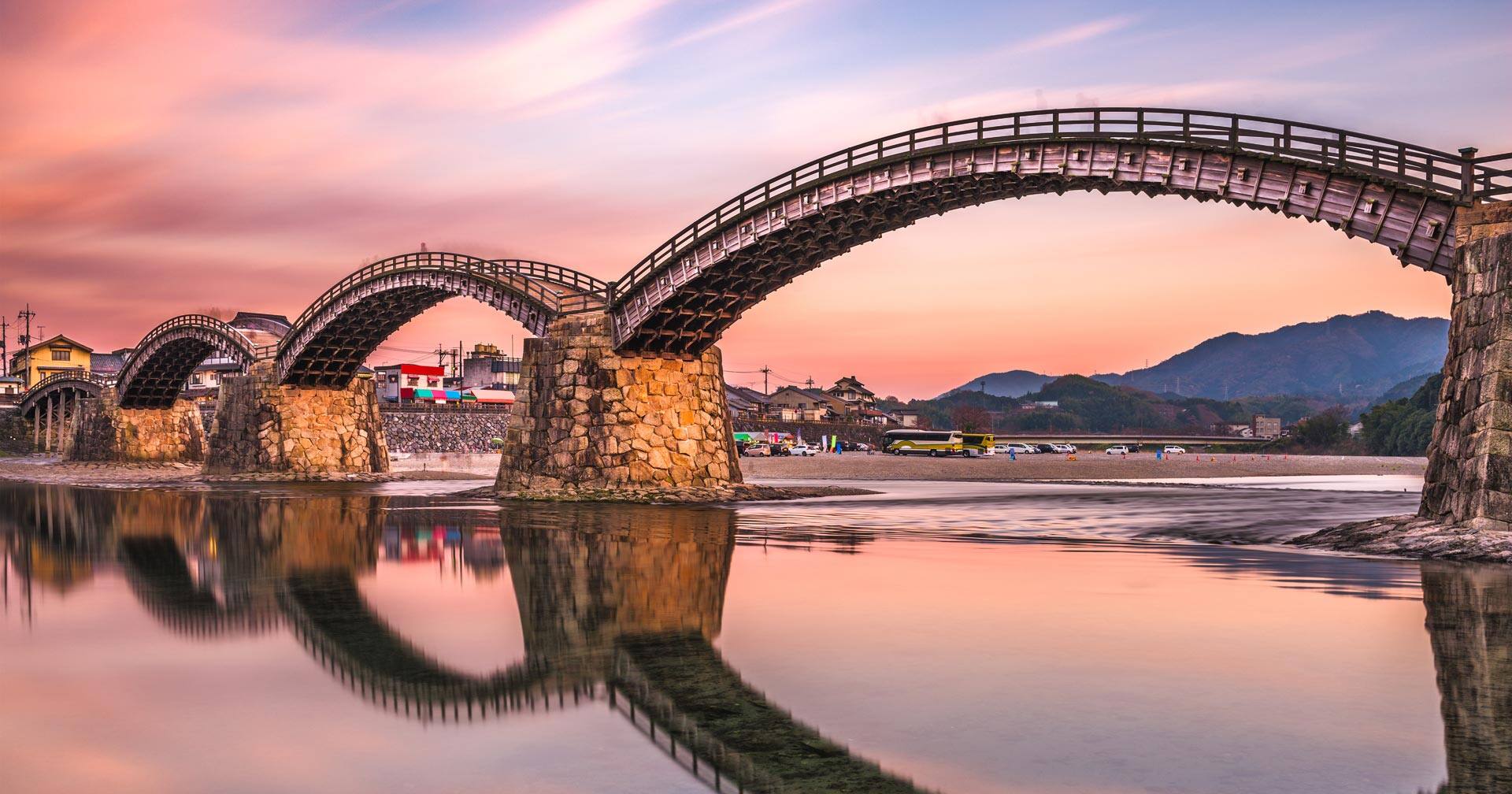


Duration 4 hrs
View the landmarks of Hiroshima, some commemorating the atomic bomb blast here in 1945 and others reflecting the city’s celebration of peace. At the poignant Hiroshima Peace Memorial Park, you will behold the ruins of some of the few concrete buildings left after the atomic bomb was dropped. One of them, the Atomic Bomb Dome, has been declared a UNESCO World Heritage site and has become a symbol of Hiroshima. You will also browse the Peace Memorial Museum whose exhibits show Hiroshima before and after the bombing and personal artifacts from the victims that humanize the devastating event. The museum encourages visitors to make a vow for universal peace. While the mood there is somber, serenity is the overarching theme at Shukkei-en Garden. Besides being a wonderful respite from the hubbub of the city, the garden is a visual delight, as plants are always in bloom. Although the atomic bomb destroyed the garden, it has been fully restored.

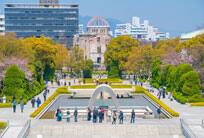
Duration 7 1/2 hrs
Visit a memorial park that recounts the devastation from the atomic bomb dropped on Hiroshima in 1945 and then enjoy the wonders on beautiful Miyajima Island. Hiroshima Peace Memorial Park was built after World War II as a memorial to the tens of thousands of people who died in the atomic bomb blast. While here, you will see the Atomic Bomb Dome, one of the few structures left after the blast, and the Peace Memorial Museum, a repository for enlightening artifacts from the bomb blast. Following lunch, you will enjoy an entirely different perspective of the area at Miyajima Island, which you will reach by ferry. Revered for its breathtaking beauty since ancient times, the island is home to the glorious Itukushima Shrine, a World Heritage site renowned for its “floating” red torii gate. You will have time to wander through the main hall and the adjoining shrines, which can be reached through bright-red passageways.

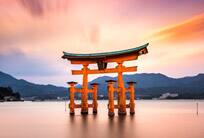
Duration 4 3/4 hrs
Take the ferry to Miyajima, a small forested island known for its stunning natural beauty and ancient shrines. Upon arriving, you will first notice the giant red torii gate that rises up out of the ocean as if it were floating. The revered primary shrine is also built over the water and together these iconic attractions have been declared a UNESCO World Heritage site, as they illustrate the Japanese concept of scenic beauty, in which nature and human creativity harmoniously combine. If it is high tide, you will notice that the 12th-century shrine also seems to be floating on the water. To alleviate friction from the rising tides and more severe water conditions, the shrine’s wooden floors have spaces between the planks and were constructed without metal nails that would restrict the planks from moving with the tides. The shrine was established in the 6th century and a 12th-century warrior modified it into its present form.

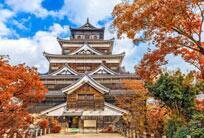
Duration 2 1/2 hrs
Enjoy a panoramic drive through Hiroshima, pausing on occasion at attractions that highlight the city’s history and rise from near total devastation by an atomic bomb in 1945.
Your first stop for photos will be at the Atomic Bomb Dome, the only structure left standing near the epicenter of the atomic blast. While a stark, powerful reminder of the destructive force of an atomic bomb, the building has also become a symbol of peace and hope for the elimination of nuclear weapons. The skeletal remains of the dome stand exactly as they did right after the bomb blast. Continuing on, from the outside, you will see a wonderful reconstruction of the 16th-century Hiroshima Castle, a historical building that the atomic bomb leveled. Rebuilt in 1958, the stone and wooden castle rises five stories above its immaculately landscaped grounds and is surrounded by a protective moat.

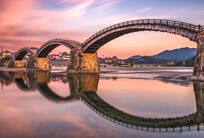
Duration 6 1/2 hrs
Visit what may be Japan’s most famed bridge, a 17th-century feat of engineering constructed without a single nail, and then meander through a park built to symbolize everlasting peace. The bridge of five wooden arches spans the Nishiki River and although once thought to be indestructible, the bridge has been rebuilt numerous times because of flooding. It will be quite the experience to walk cross this national treasure, as the bridge has changed little over the centuries. Following lunch, you will head for the poignant Hiroshima Peace Memorial Park, whose attractions are grim reminders of the devastation from the atomic bomb that was dropped here in 1945. The Atomic Bomb Dome, one of few buildings left somewhat intact after the blast, has become a symbol of Hiroshima. The concrete section of the dome melted away in the blast, leaving only the skeletal steel frame. UNESCO has declared it a World Heritage site, as an expression of hope for world peace.
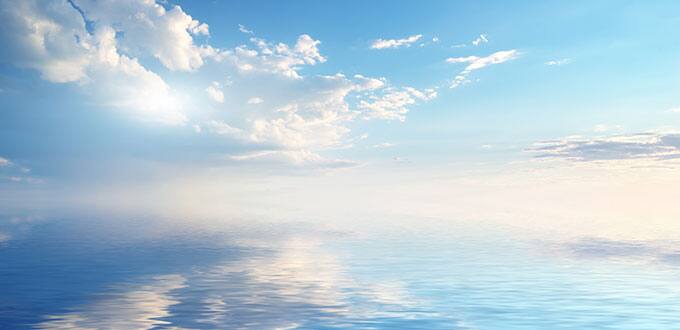
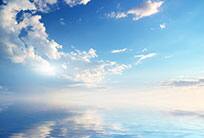
Duration 6 hrs
OVERVIEW
This tour is intended for guests who have limited mobility, rely on a cane or walker, or for guests’ companions.
Explore a Shinto shrine that seems to float on the water off the sacred island of Miyajima and savor an equally memorable meal. On the ferry ride over to the island, you will first notice the giant red torii gate that rises up out of the sea. Similarly, the Itsukushima shrine that stands behind it was built over the water to give the illusion of floating when the tide is high. UNESCO declared these architectural treasures a World Heritage site because they so perfectly personify the Japanese concept of scenic beauty that combines nature with human creativity. Itsukushima dates to the 13th century while some of shrines on the island were constructed even earlier. Chances are, you will see free-roaming deer on Miyajima, perhaps even while shopping in the island’s arcade. Back on the mainland, you will stop to dine on Hiroshima-style okonomiyaki, a pancake layered with noodles, fried eggs and pork belly.
HIGHLIGHTS
• Behold an oversized torii gate and 13th-century shrine that seem to float on the water.
• Discover why UNESCO designated the gate and Itsukushima shrine a World Heritage site.
• Explore Itsukushima shrine and several shrines ashore before shopping nearby.
• Enjoy a traditional pancake prepared Hiroshima-style with noodles, fried eggs and pork.
• Admire the scenic beauty while riding the ferry to and from Miyajima Island.
HELPFUL HINTS
• Dress in weather-appropriate clothing.
• Wear flat comfortable walking shoes.


Duration 6 hrs
OVERVIEW
Guests who are fully dependent on their mobility device are eligible for this excursion and are required to bring their own wheelchair/scooter.
Explore a Shinto shrine that seems to float on the water off the sacred island of Miyajima and savor an equally memorable meal. On the ferry ride over to the island, you will first notice the giant red torii gate that rises up out of the sea. Similarly, the Itsukushima shrine that stands behind it was built over the water to give the illusion of floating when the tide is high. UNESCO declared these architectural treasures a World Heritage site because they so perfectly personify the Japanese concept of scenic beauty that combines nature with human creativity. Itsukushima dates to the 13th century while some of shrines on the island were constructed even earlier. Chances are, you will see free-roaming deer on Miyajima, perhaps even while shopping in the island’s arcade. Back on the mainland, you will stop to dine on Hiroshima-style okonomiyaki, a pancake layered with noodles, fried eggs and pork belly.
HIGHLIGHTS
• Behold an oversized torii gate and 13th-century shrine that seem to float on the water.
• Discover why UNESCO designated the gate and Itsukushima shrine a World Heritage site.
• Explore Itsukushima shrine and several shrines ashore before shopping nearby.
• Enjoy a traditional pancake prepared Hiroshima-style with noodles, fried eggs and pork.
• Admire the scenic beauty while riding the ferry to and from Miyajima Island.
HELPFUL HINTS
• Dress in weather-appropriate clothing.
• Wear flat comfortable walking shoes.
*Prices vary by ship and sail date. See Terms & Conditions
NCL makes arrangements for Guests for shore excursions solely for the convenience of the Guest; NCL does not act on behalf of or supervise the parties or persons who own, furnish, or operate such excursions, and the same are provided by independent contractors. NCL assumes no responsibility for, nor guarantees the performance of, any such excursion provider, and Guests acknowledge that NCL shall not be liable for losses or injuries arising from the acts or omissions of such provider.
Participation in activities and excursions may involve physical exertion, and may be potentially hazardous or dangerous. It is the responsibility of each individual to determine whether you are capable of engaging in any activity. Participation in any activity or excursion is at your own risk.
Photographs are for illustration purposes only used to represent the excursion experience and may not accurately depict the excursion, location, or activity indicated.
Our group shore excursions are offered in English. Depending on the booking situation, various excursions are also offered in German, Spanish, French, Italian or Russian (minimum number of 30 participants). The tours offered may vary from cruise to cruise. Please see the detailed information for your shore excursion on board.

